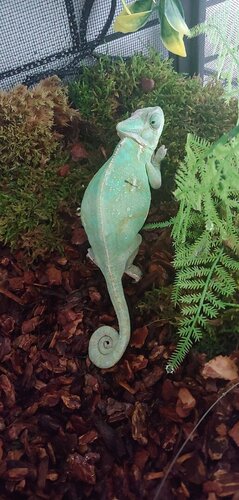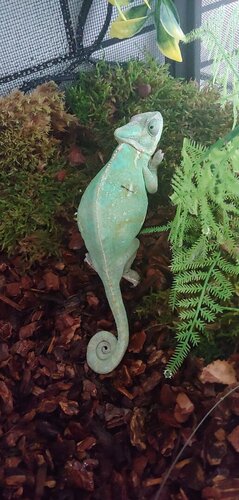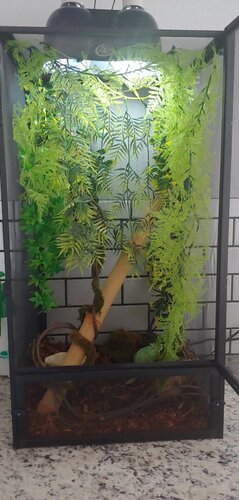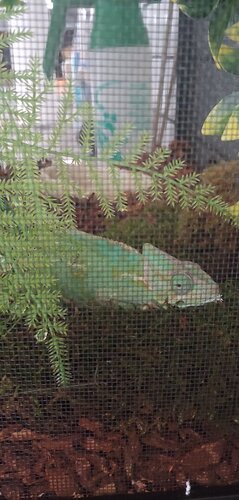Rhansel
New Member
I am worried that something is wrong with my female chameleon. She has been laying on the bottom her her enclosure for a full day now. She has not been moving much, mostly sleeping and hasn't moved from the spot she was in when I found her this morning. Has anyone experienced this? Any ideas what could be wrong? Help please!









